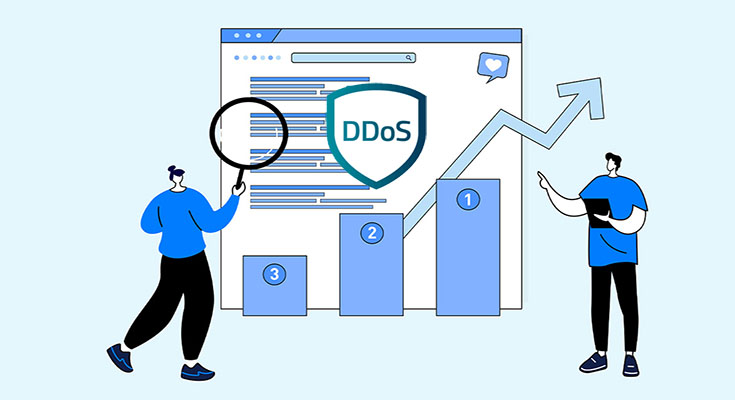5 Ways to Minimize Risk While Investing in the Share Market
Investing in the share market can feel like a thrilling adventure, right? It offers the chance to grow your wealth and reach financial goals faster than traditional saving methods. But let’s be real—it’s not always smooth sailing. The market can be unpredictable, with ups and downs that sometimes make it feel like a rollercoaster. That’s why managing risk is essential if you want to succeed over the long term. Now, the good news is that there are smart strategies that can help you reduce these risks. Whether you’re new to investing or have some experience, taking a few key steps can make a big difference in keeping your money safe while still making it work for you.
In this guide, we’ll dive into five practical ways to minimize risk in the share market. From diversifying your portfolio to using tools like SIPs and trading apps, you’ll find tips that … More >>>













